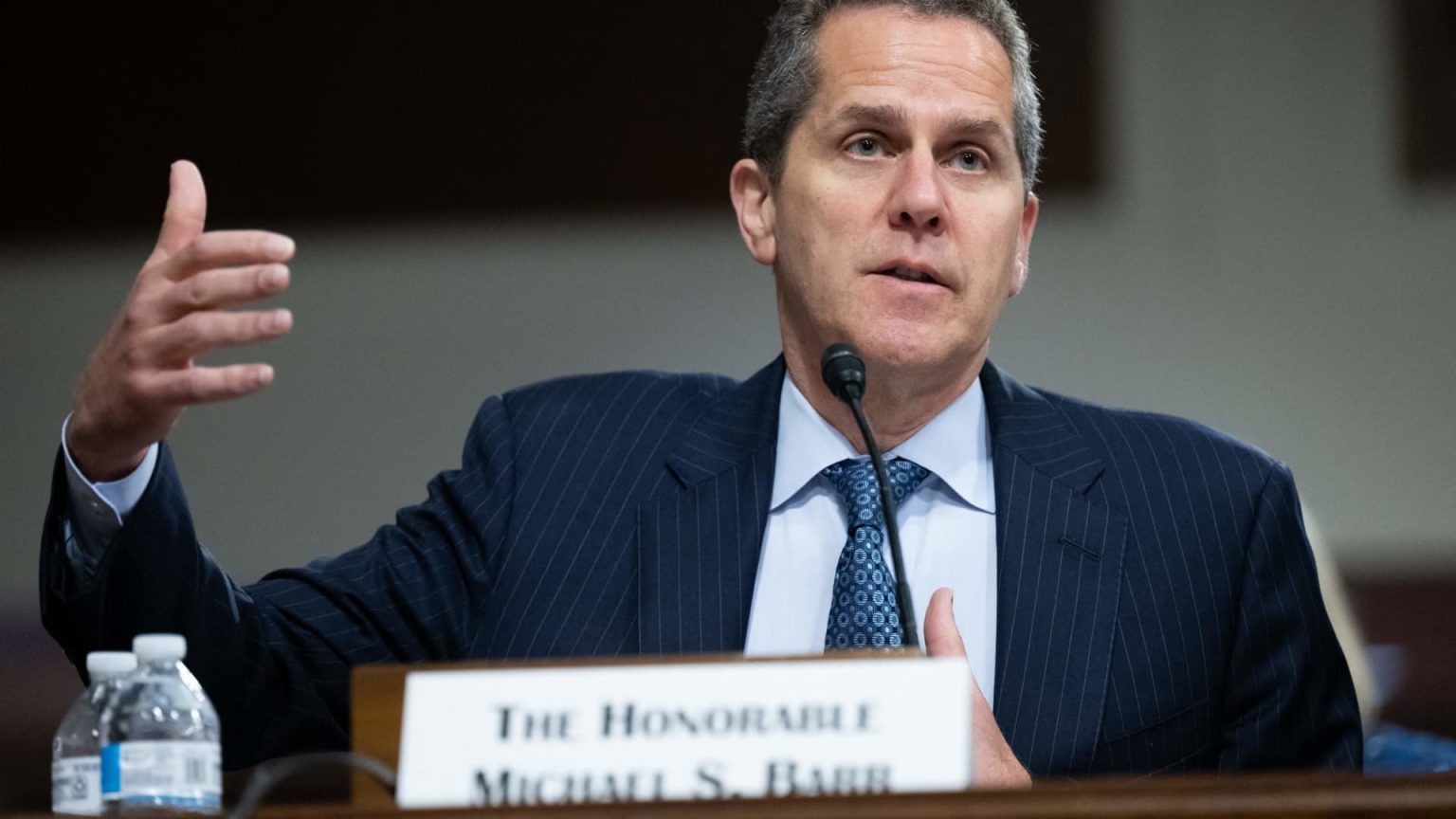Michael Barr, Vice Chair for Supervision at the Federal Reserve, testifies about recent bank failures during a US Senate Committee on Banking, House and Urban Affairs hearing on Capitol Hill in Washington, DC, May 18, 2023.
Saul Loeb | AFP | Getty Images
All 23 of the U.S. banks included in the Federal Reserve’s annual stress test weathered a severe recession scenario while continuing to lend to consumers and corporations, the regulator said Wednesday.
The banks were able to maintain minimum capital levels, despite $541 billion in projected losses for the group, while continuing to provide credit to the economy in the hypothetical recession, the Fed said in a release.
Begun in the aftermath of the 2008 financial crisis, which was caused in part by irresponsible banks, the Fed’s annual stress test dictates how much capital the industry can return to shareholders via buybacks and dividends. In this year’s exam, the banks underwent a “severe global recession” with unemployment surging to 10%, a 40% decline in commercial real estate values and a 38% drop in housing prices.
Banks are the focus of heightened scrutiny in the weeks following the collapse of three midsized banks earlier this year. But smaller banks avoid the Fed’s test entirely, which examines giants including JPMorgan Chase and Wells Fargo, international banks with large U.S. operations, and the biggest regional players including PNC and Truist.
As a result, clearing the stress test hurdle isn’t the “all clear” signal its been in previous years. Still expected in coming months are increased regulations on regional banks because of the recent failures, as well as tighter international standards likely to boost capital requirements for the country’s largest banks.
“Today’s results confirm that the banking system remains strong and resilient,” Michael Barr, vice chair for supervision at the Fed, said in the release. “At the same time, this stress test is only one way to measure that strength. We should remain humble about how risks can arise and continue our work to ensure that banks are resilient to a range of economic scenarios, market shocks, and other stresses.”
This story is developing. Please check back for updates.
Read the full article here




